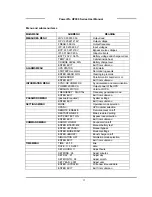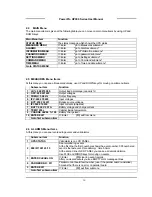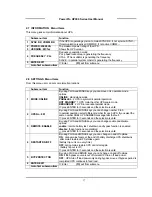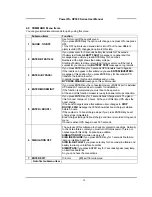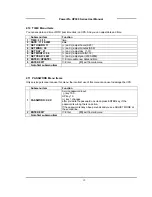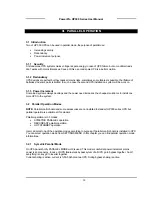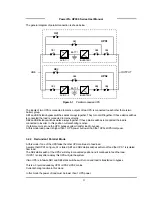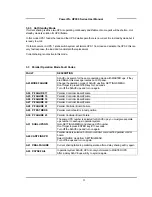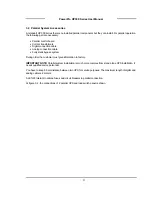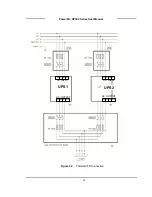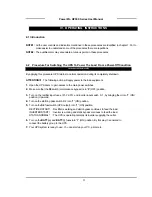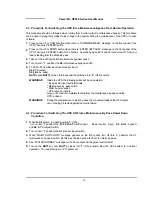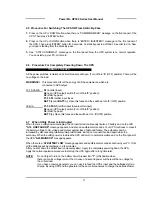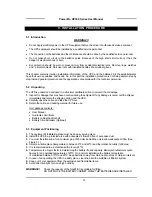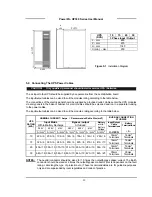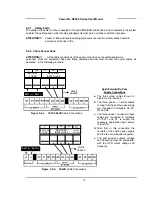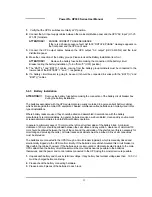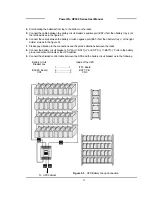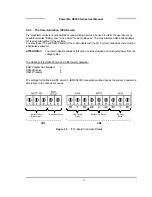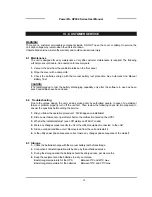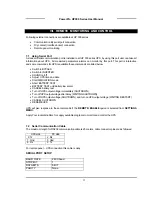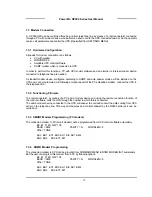
21
PowerPro HP300 Series User Manual
The general diagram of parallel connection is shown below :
Figure 3-1
Parallel connected UPS
The inputs of two UPS is connected to mains ,outputs of two UPS is connected to each other there is two
battery group.
SB1 and SB3 static bypass switches works always together. They turn on/off together. If these static switches
is conducted the load is connected to mains directly.
SB2 and SB4 static switches works always together. If these static switches is conducted the load is
connected to inverter. In this position current sharing is active.
If a failure occurs at one the UPS ,bypass system transfer load to bypass .
At this mode load power is higher than 1 UPS power but lower than the 1UPS+2UPS total power.
3.2.2 Redundant Parallel Mode
At this mode if one of the UPS failes the other UPS continues to feed load.
Assume that UPS1 on figure 3-1 is failed ,SB1 and SB2 static switches will turn off and the UPS 1 is isolated
from load.
The SB4 static switch of the UPS 2 will stay in conducted position and it continues to feed the load.
If UPS 1 is okay after a delay this UPS will join the system.
If two UPS is in failure SB1 and SB3 static switches will turn on and load is transferred to bypass
This is a 3 level redundancy UPS1+UPS2 ,UPS2 ,mains
Current sharing is active in this mode.
In this mode the power of load must be lower than 1 UPS power.
MB1
SB1
UPS1
CB1
AC/DC -1
BATT.1
INVERTER 1
SB2
CB2
MB2
SB3
UPS2
CB3
AC/DC -2
BATT.2
INVERTER 2
SB4
CB4
LINE
OUTPUT









